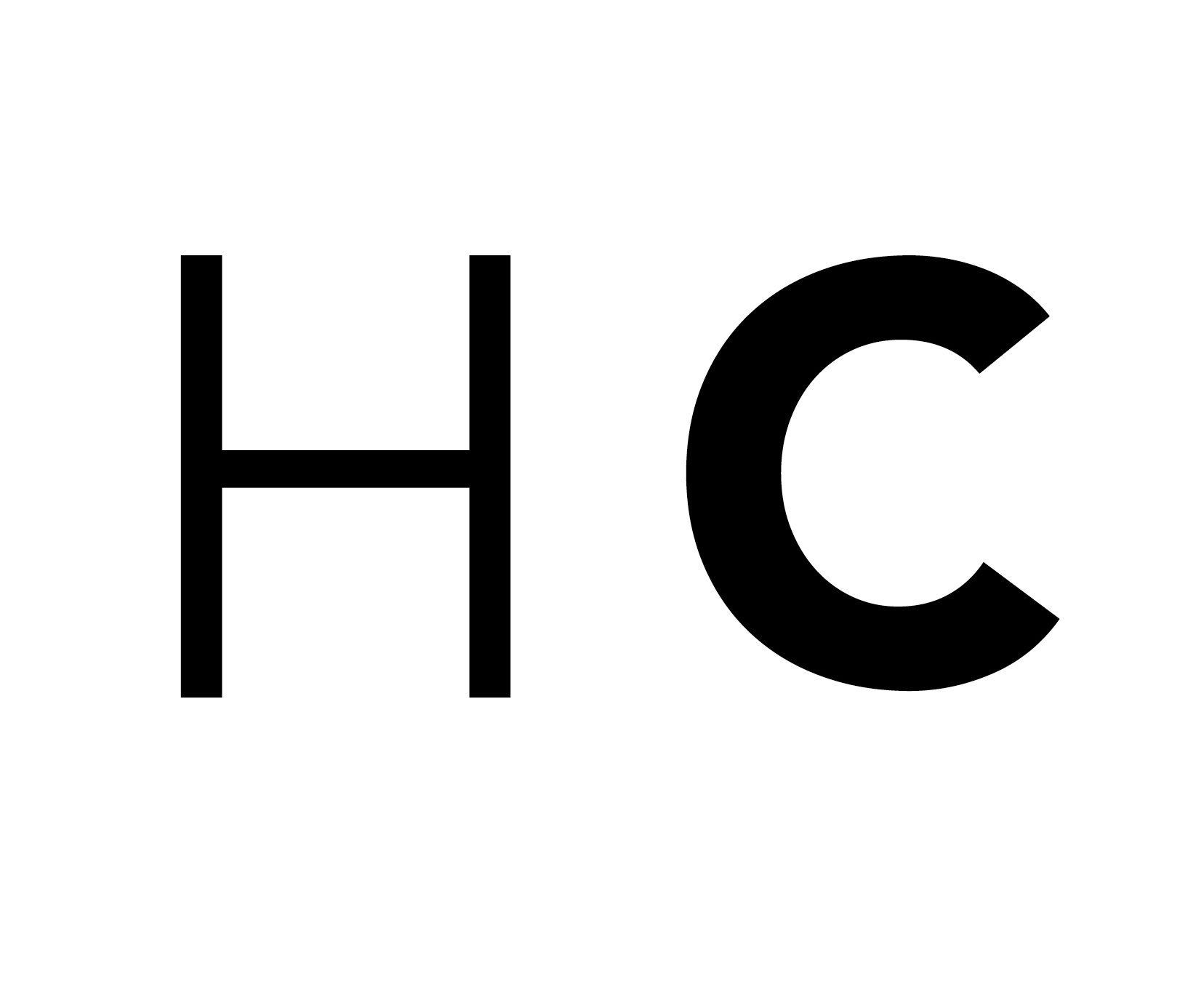Cut Your Meetings By 80%.
If your meeting had just one job to do?
What would it be?
The big myth about meetings …
Is that most people believe the work gets done in the meeting. The path to effective meetings is actually the inverse.
The reality of well planned and executed meetings is:
80% of work happens before and after the meeting.
20% of work happens in the meeting.
That’s 40% of prep before, 40% delivery/following up after, and 20% attending.
Imagine if you had 80% less meetings with this simple idea?
Thinking this way, you can see why so many meetings are not effective.
They’re trying to do too many jobs, without enough pre-planning beforehand. Let’s take a look at another way to approach it, with pre-thinking ahead of time.
Before the meeting - 40%.
If you had to choose just one job for your meeting to do, which of the 5 would you choose?
Connect
Collaborate
Decide
Debate
Inform
Then, design your meeting with that one job in mind.
Most people over commit how much they want to complete in a meeting.
If you want a meeting to do more than one job, have more than one meeting vs trying to cram all it into one.
If you went through all your recent meetings …. which, in hindsight, were trying to do too many jobs? Could any be streamlined?
The actual meeting - 20%.
When a meeting has been pre-designed to just one job (connect, collaborate, decide, debate or inform), the actual meeting is pretty efficient.
If the meeting becomes more than 20%, it’s because someone wants it to do more than one job.
After the meeting - 40%.
With the understanding that the meeting is to get on the same page, you can do your actual work in the following 40%.
You deliver the follow up list, such as circulating action items, and scheduling follow up meetings to dive in deeper.
You can only do this, if you have the time to, though right?
That means meetings have to be your 20%.
Otherwise you can’t meet your commitments, impacting both your stress levels and your professional reputation.
Another way of looking at it is this: one meeting = 80% more work.
When I pose the idea that saying yes to one meeting = 80% more work, people pay attention, real quick.
Good scheduling is a bit like gardening.
It requires constant pruning.
If you agree with the concept that the majority of your work happens outside of the meeting, and the meeting can only do one job well, it becomes easier to imagine activities that achieve the same thing (without spending more of your calendar credits).
Six alternatives to a meeting.
Here are alternatives that can produce the same result to some meetings:
A written business case for the boss to consider.
A short summary distributed to the leadership team inviting feedback.
A 1,000 word summary linked in an email, housed on the Intranet.
A video explaining how to use a new technology.
A PDF shared post a collaboration workshop outlining what was discussed.
A voice recording is sent to a colleague to update them between meetings.
Thinking about this 40/20/40 idea, could there technically be other ways to get the same outcome that doesn’t involve a meeting?
Need to makeover your meeting culture?
In our workshop, Effective & Engaging Meetings, employees get a checklist to both design and attend effective meetings.
Bring our introductory workshop, Engaging & Effective Meetings’, to your workplace.
“It was good to check the meeting design of those I run as well as those I am invited to.”


